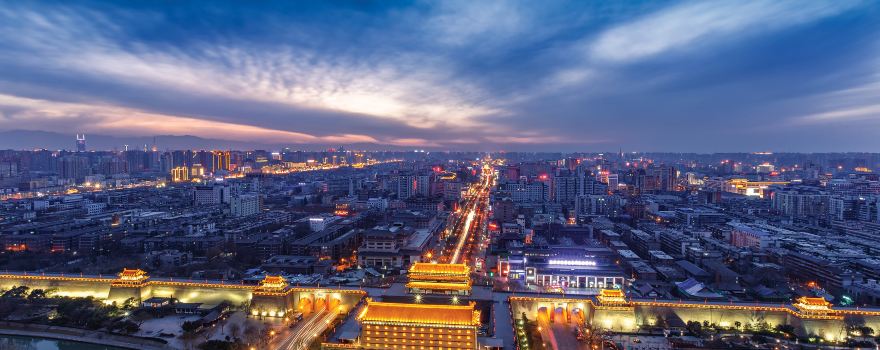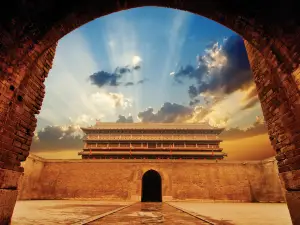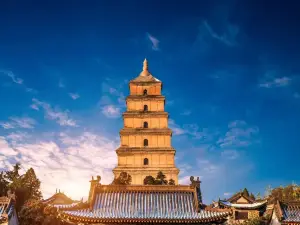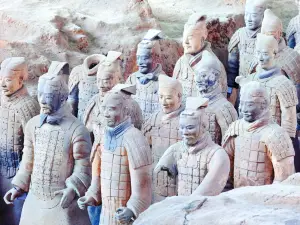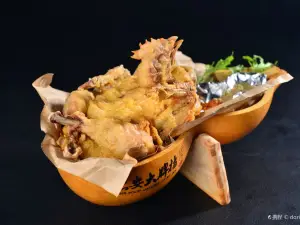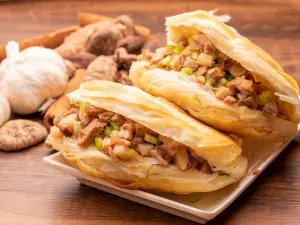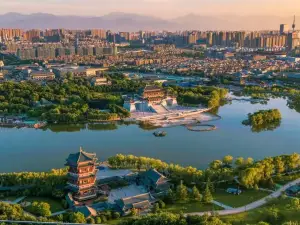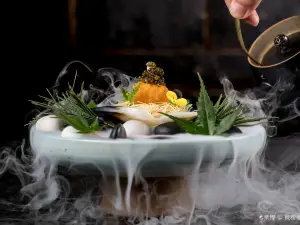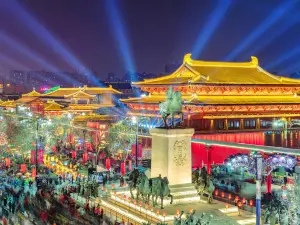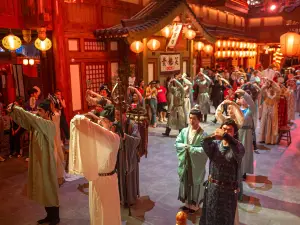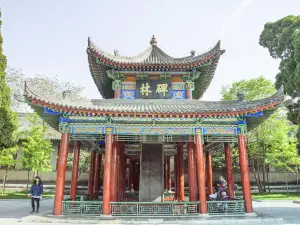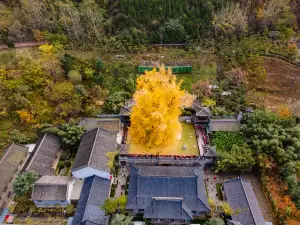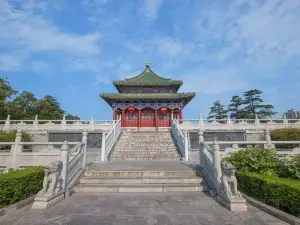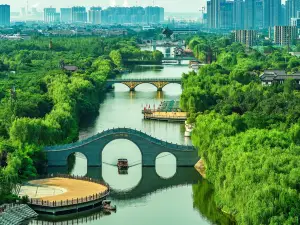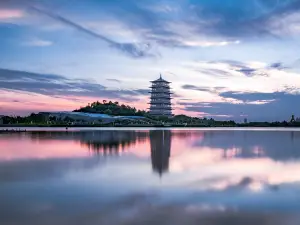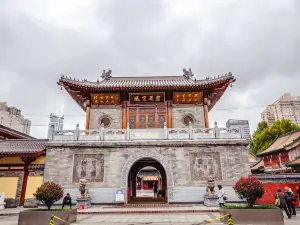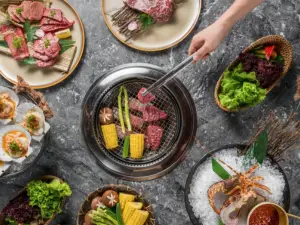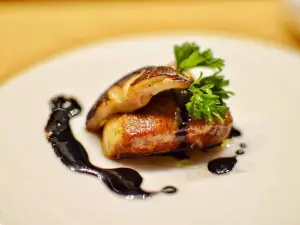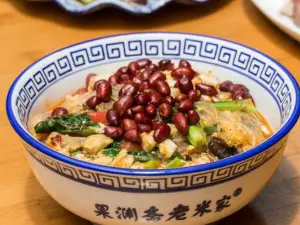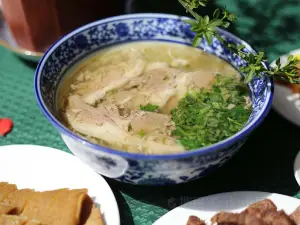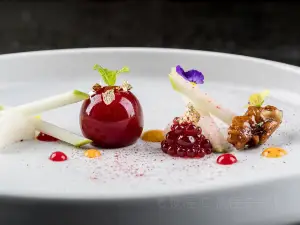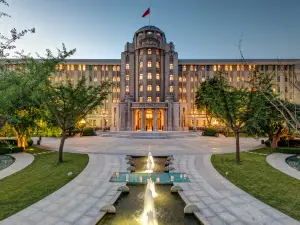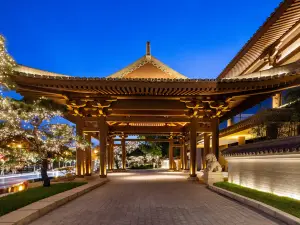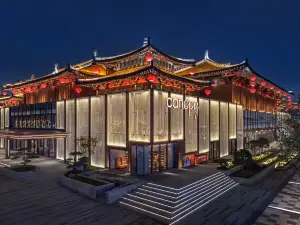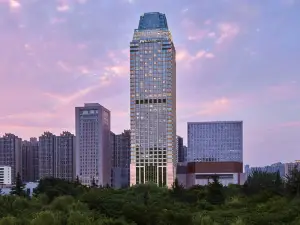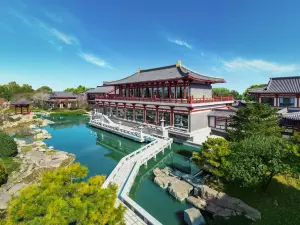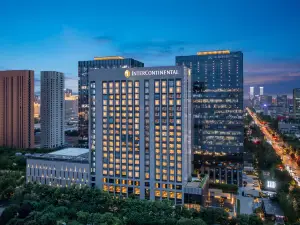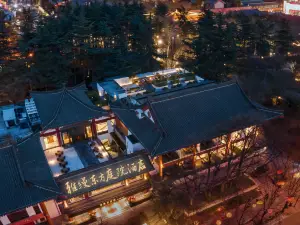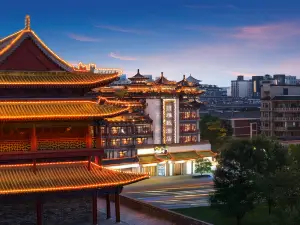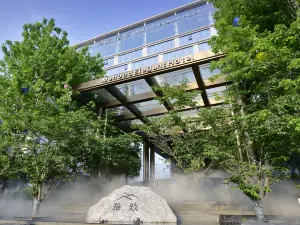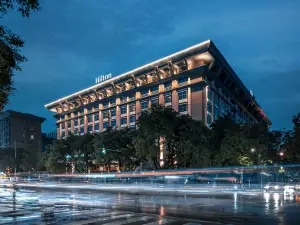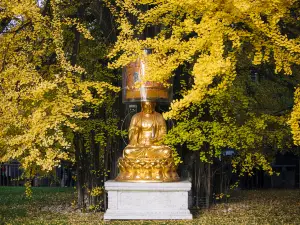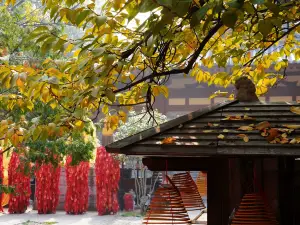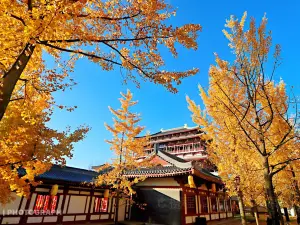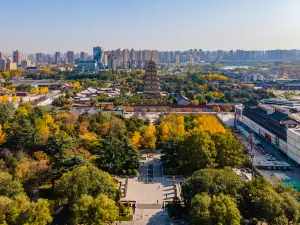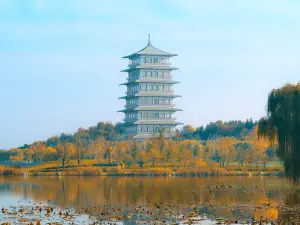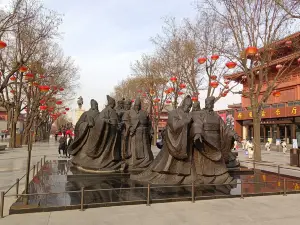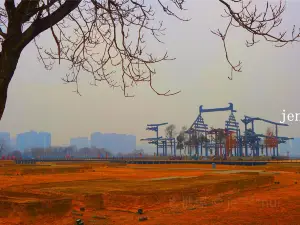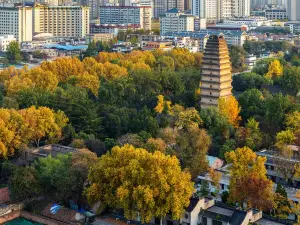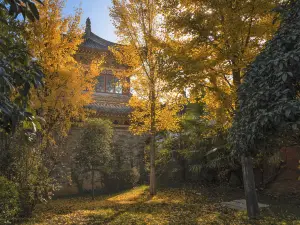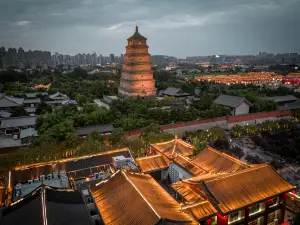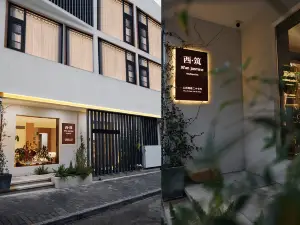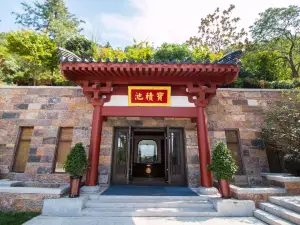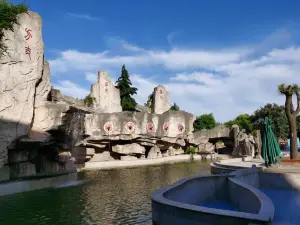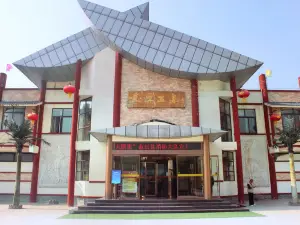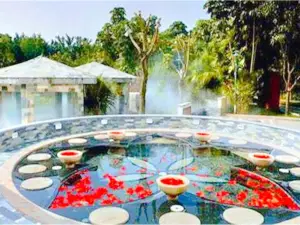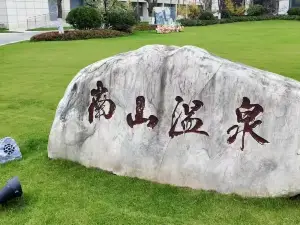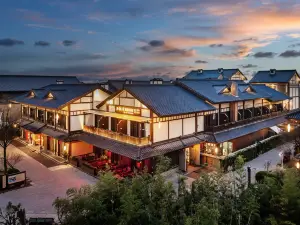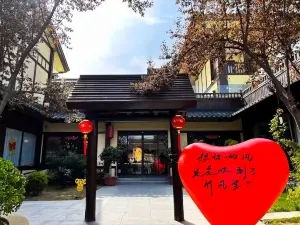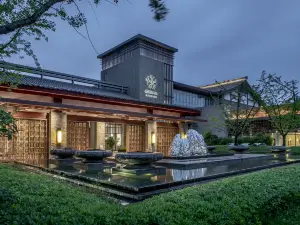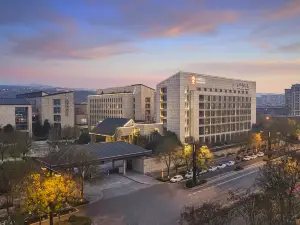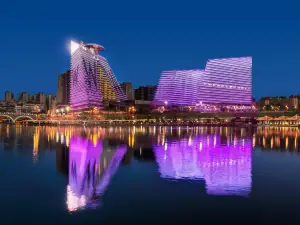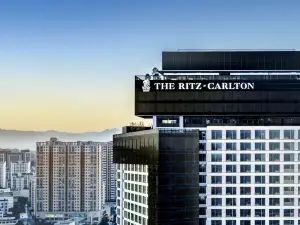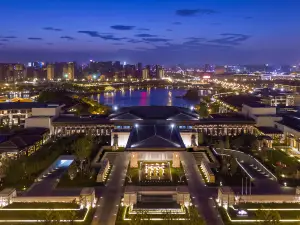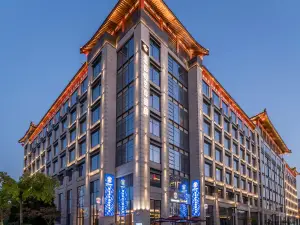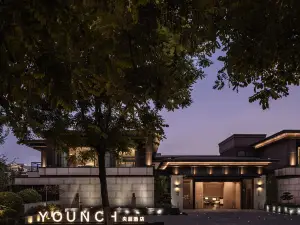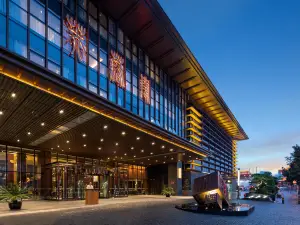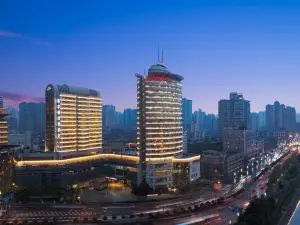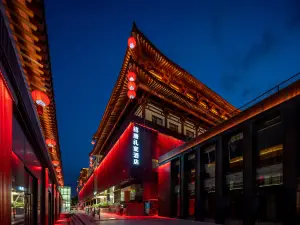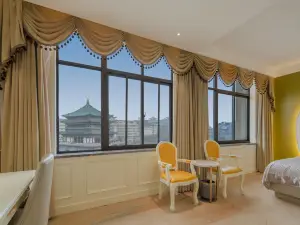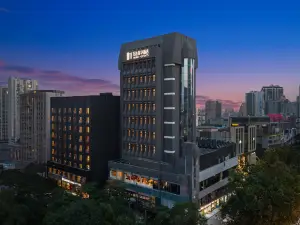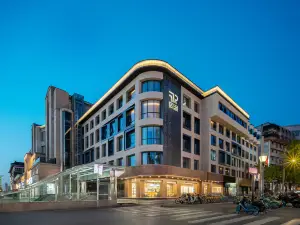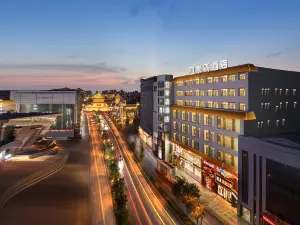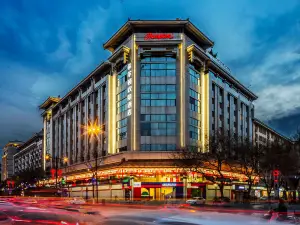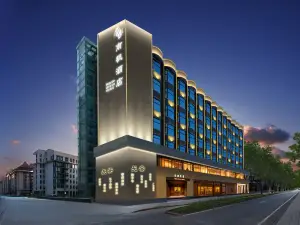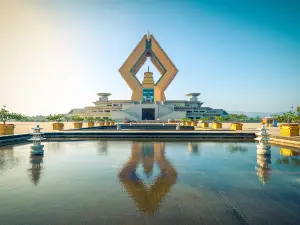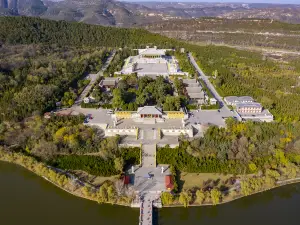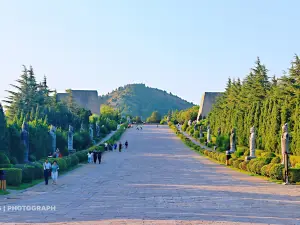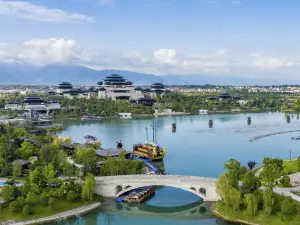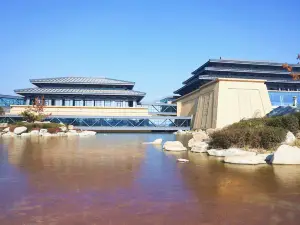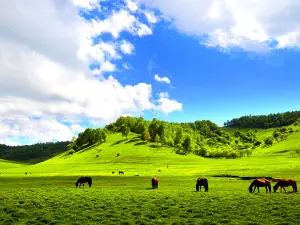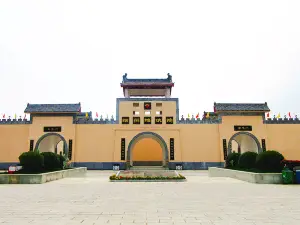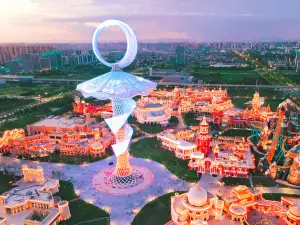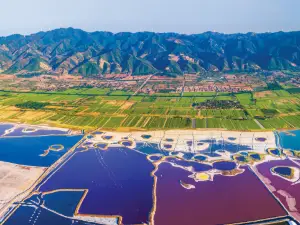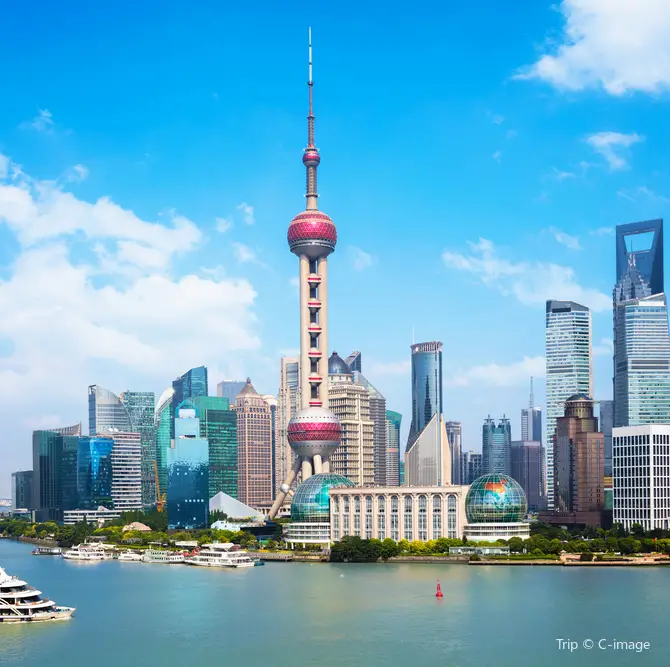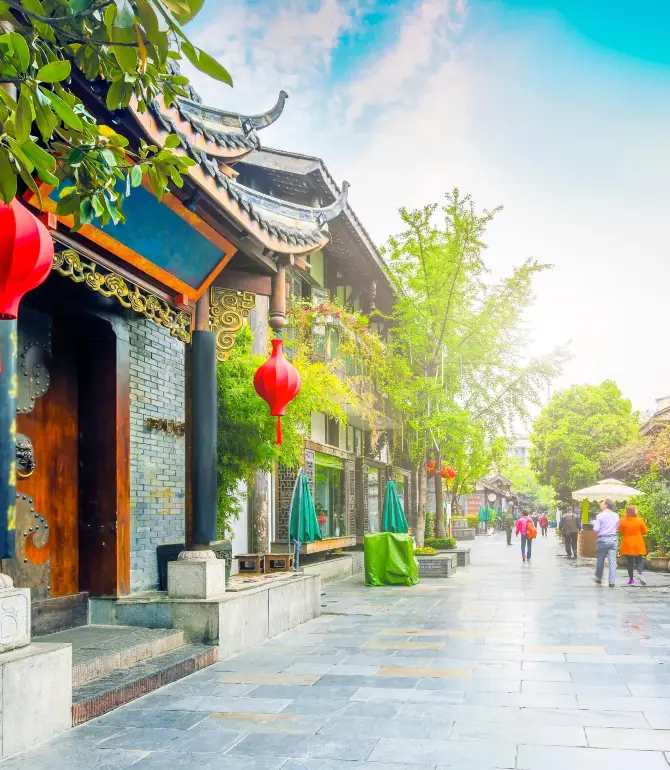Things to do in Xi'an (2025): Top nearby activities,popular attractions,itinerary planning,weather,accommodation,food,transportation,and more - all you need to know (updated October 2025) | Trip.com
About Xi'an
Recommended trip: 2–5 day(s)
Recommended trip: 2–5 day(s)Current weather conditions
Xi'an Local Experiences Map

Trending in Xi'an
Xi'an Local Travel Guide 2025
Xi'an Brief Guide
Xi'an, where China's imperial legacy awakens: stand before the Terracotta Army's silent guardians, walk atop Ming Dynasty walls feeling the history, and trace the Silk Road's pulse in bustling Muslim Quarter alleys. This city breathes millennia of dynasties, temples, and trade. Unlock your perfect journey through time with our essential Xi'an guide—from warrior tombs to street-food treasures.
Xi'an Must-try local experiences
1. Uncover Ancient Wonders Terracotta Army & More: Witness the awe-inspiring Terracotta Army, explore the ancient city walls, and delve into the mysteries of the Han Yangling Mausoleum. 2. Experience the Grandeur of the Giant Wild Goose Pagoda Ascend the Giant Wild Goose Pagoda for panoramic views and explore the Da Ci'en Temple complex, showcasing ancient architectural prowess. At sunset, visitors can also capture breathtaking views of the Giant Wild Goose Pagoda silhouetted against the colorful sky. 3. Embark on a Cycling Adventure on Xi'an City Wall Rent a bicycle to traverse the ancient Xi'an City Wall, enjoying breathtaking city views and a journey through history. 4. Immerse Yourself in the Vibrant Muslim Quarter Wander through the bustling Muslim Quarter, sample local delicacies, witness traditional crafts, buy local souvenirs and soak in the lively atmosphere. 5. Experience the Shaanxi History Museum Dive into the rich history of Shaanxi Province at this museum, housing over 370,000 items from various dynasties. 6. Delve into the World of Shadow Puppetry Discover the ancient art of shadow puppetry, a unique storytelling form using intricately crafted puppets to cast shadows. 7. Watch a Tang Dynasty Music and Dance Show Enjoy a spectacular performance showcasing the music, dance, and costumes of the Tang Dynasty, reflecting ancient China's cultural richness. 8. Savor the Flavors of Xi'an Cuisine Embark on a culinary journey through Xi'an's unique flavors, including hand-pulled noodles, rou jia mo, and other local specialties.
Xi'an Must-see Attractions
Xi'an, a city rich in historical and cultural heritage, is home to the UNESCO-listed Terracotta Army at the Emperor Qinshihuang's Mausoleum Site Museum, the ancient and well-preserved Xi'an City Wall, the enchanting The Song of Everlasting Sorrow performance, the culturally immersive Tang Paradise theme park, and the comprehensive Shaanxi History Museum, showcasing China's ancient civilizations.
Xi'an Food Guide
Xi'an's cuisine is renowned for its rich historical heritage and unique flavors, the thick and chewy Biang Biang Noodles, the fragrant and mellow Hulu chicken, the fatty but not greasy Roujiamo, and the thick soup with tender beef and mutton in Paomo, as well as the tender water basin mutton. Each dish is a legacy and innovation of Shaanxi culture, leaving an unforgettable taste.
Xi'an Transportation
Xi’an, the historic capital of Shaanxi Province, is a major transportation hub in central China, accessible by air, rail, bus, or road from international and domestic locations. By Air Xi’an Xianyang International Airport (XIY): The primary gateway, located ~ 40 km (25 miles) northwest of downtown. Serves international and domestic routes. To City Center from XIY: Airport shuttles (~60 minutes, ~¥30) connect to downtown hotels and Xi’an Railway Station. Metro Lines 14 and 17 (40–50 minutes) link to key stations like Beikezhan (North Railway Station). Taxis cost ~¥130–180, depending on traffic. By Train Xi’an North Railway Station and Xi'an East Station: The main hubs for high-speed trains (G-series), connecting to Beijing (4–5 hours), Shanghai (6–7 hours), Chengdu (3–4 hours), Chongqing (5–6 hours), and many other locations. Xi’an Railway Station: Handles slower trains, centrally located near the city walls. All stations are linked to Xi’an’s metro system. By Bus Xi’an Bus Terminal and Fengqing Road Station connect to regional destinations, such as Huashan (2 hours) or Yan’an (5–6 hours). By Road Driving or private transport is possible via expressways like the G5 (to Chengdu) or G30 (to Lanzhou). Road travel is less recommended for international visitors due to complex driving regulations and language barriers.
Xi'an Where to Stay
Xi'an is renowned for its well-preserved ancient city wall, which encircles the old city, and the city itself is divided into several districts, each with its own unique accommodation features. The distribution of hotels and guesthouses throughout the city caters to a variety of preferences, ensuring that every traveler can find a suitable place to stay.
Xi'an Best Time to Visit
Autumn (September–early November) and Spring (April-May) offer mild weather, clear skies, and comfortable conditions, ideal for exploring Xi’an’s historic sites like the Terracotta Warriors and the City Wall. Spring: Temperatures range from 8–20°C (46–68°F), with occasional rain and dust storms. Plum blossoms bloom at Qinglong Temple (March–April). Summer: Hot and humid, 22–32°C (72–90°F), with frequent rain. Fall: Cool and pleasant, 10–25°C (50–77°F), with clear skies. Perfect for cycling the City Wall or visiting Mount Huashan. Winter: Cold and dry, -2–8°C (28–46°F), with occasional light snow. Fewer crowds make it budget-friendly. The Spring Festival (January/February, lunar calendar) brings lanterns and temple celebrations to the Big Wild Goose Pagoda.
Xi'an Useful Guide
Mandarin Chinese is the official language. English signage is widespread in tourist areas, but English is not widely spoken.
Trip.Best: Xi'an
Things to do in Xi'an
What to do
Where to stay
What to eat
Cai Feng Lou Chinese Restaurant
Xi'an Moments: Through Travelers' Eyes

🏯 Top places for great photos in China

The Ancient Guanyin Temple is located in Luohandong Village, Dongda Street, Chang'an District, Xi'an City, Shaanxi Province, and is a thousand-year-old temple with a long history.

Golden autumn in October, the perfect places for family travel!

Attend a Millennium Appointment with the Black Wukong at Shuilu An

Xi'an Hardcore Check-in Route! Capture the Best Photo Spots of the Ancient Capital in One Day, Instantly Stunning Your Social Media

No need to go abroad, encounter a European town just 1 hour drive from Guangzhou

Mountains and Rivers Dyed with Autumn Frost, Every Step a Poem|Complete Guide to Chasing Autumn with Chinese Aesthetics

The rain in Xi'an turned the city walls green.
Best of Xi'an
About
Site Operator: Trip.com Travel Singapore Pte. Ltd.
